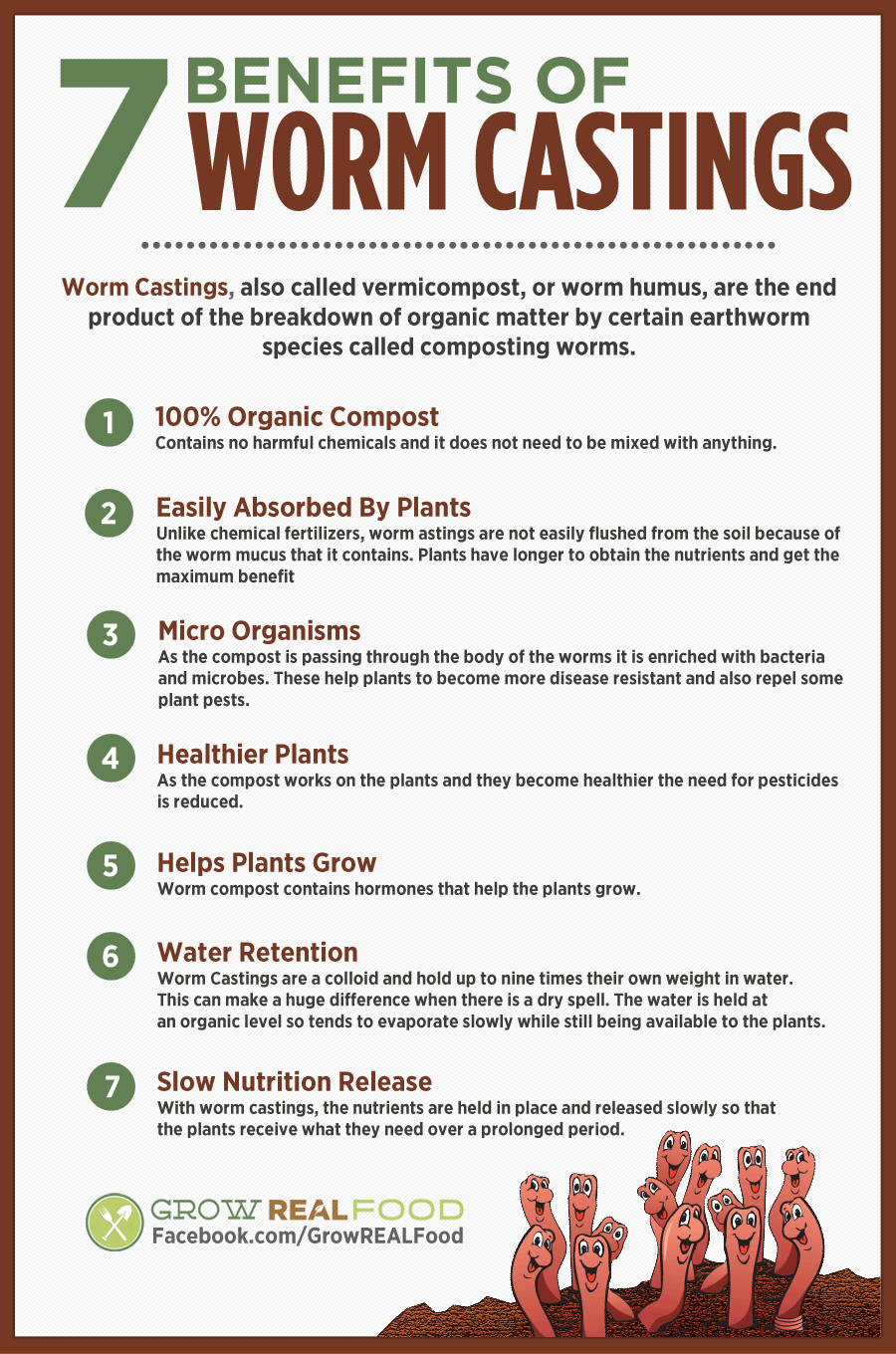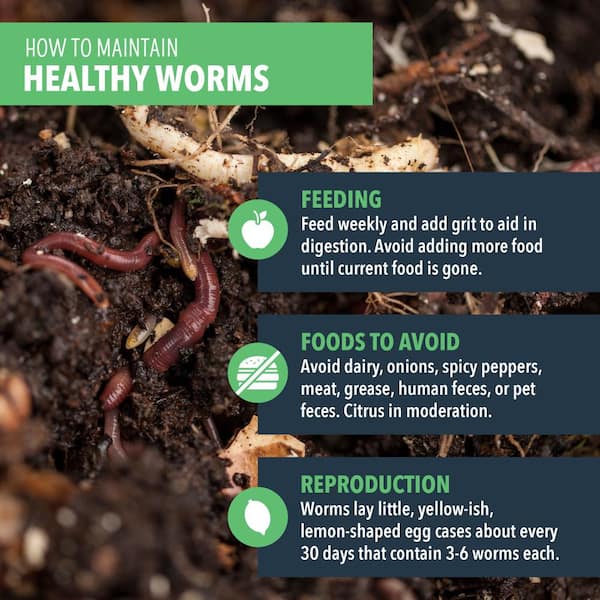Top Guidelines Of North Carolina Worms
Top Guidelines Of North Carolina Worms
Blog Article
The Best Strategy To Use For North Carolina Worms
Table of ContentsWhat Does North Carolina Worms Mean?Not known Details About North Carolina Worms The smart Trick of North Carolina Worms That Nobody is Talking AboutThe Buzz on North Carolina Worms
Instance: 1-gallon of worm castings to 4 gallons of potting mix. 1/2 cup in the base of the planting hole for smaller sized plants. 1 cup for larger plants.
The addition of tea can also include boosted microbial biomass to your soil. You can always side-dress your plants with worm spreadings at any moment. Just bear in mind, the bacteria will pass away if subjected to UV rays (Sunlight), so be certain to cover the castings with an inch approximately of dirt.
This baffled them for several years up until the testing approaches ended up being better. They located that plant growth and wellness displayed a Normal curve. It would certainly improve(with more spreadings), level off, and after that decline. They were mystified. They ultimately discovered that excess plant-growth hormonal agents were the culprit. Also numerous worm spreadings would speed up the growth to a speed that the plant can not recuperate from.
North Carolina Worms for Dummies
I have expounded the virtues of worm castings for about 2000 words. Worm spreadings are no different. It takes time to develop quality worm spreadings.
Worm castings certainly set you back more than chemical fertilizers. Worm spreadings are on the less expensive end of organic plant foods. (50 gallons per year) It is a much more challenging and very pricey financial investment to produce huge amounts of worm spreadings.

Developing a healthy dirt may be the best benefit of worm spreadings. We talked about worm spreadings NPK and likewise the proper nutrient evaluation that must apply to worm spreadings.
The Buzz on North Carolina Worms
We spoke regarding some of the downsides linked with worm castings. I covered a lot of material in this article.
The vertical burrows are normally open, although the worms cover the leading with deposit and waste matter. The vertical burrows are extremely vital factors of access for fast water seepage into the dirt, particularly in no-till systems. Air-filled porosity is critical in helping plant roots to grow. Roots need oxygen for their growth, whereas they produce carbon dioxide that requires to leave the dirt.
Earthworms enhance porosity by two mechanisms: (1) by developing irreversible burrows, and (2) by boosting soil aggregation. Aggregation is boosted by the blending of soil and organic issue in the earthworms' intestines. Lake Hickory Bait. These extremely steady aggregates are transferred by some earthworms in their burrows, and by others at the surface of the soil


In an additional study, earthworms were estimated to eat 4 to 10 percent of the leading 6 inches of the soil yearly. This only mosts likely to reveal the enormous amounts of soil that can be refined by earthworms. Dirt compaction lowers the porosity of the soil. Because earthworms boost porosity, they lower the results of compaction.
Unknown Facts About North Carolina Worms
Regular earthworm populaces can quickly take in 2 heaps of dry matter per acre per year, partially absorbing and mixing it with soil. The importance of earthworms to blend surface area residue with soil becomes really clear in dirts that do not have any type of earthworms. The majority of our Pennsylvania dirts have at least some earthworms, and the result of their total absence, therefore, can not be kept in mind.
(https://coles-directory.com/gosearch.php?q=http%3A%2F%2Fwww.northcarolinaworms.com%2F)In these soils, the formation of topsoil with sensible natural issue web content did not take area, resulting in bad crop growth. When the cause was established, the government of the Netherlands started a campaign to introduce earthworms. After the introduction of the earthworms, a dark topsoil layer was formed, and crop growth enhanced significantly.
They live primarily from partly decayed natural matter that is already included in the dirt. These types ingest huge quantities of soil that they mix with digested crop deposit in their digestive tracts.
Their burrows stay open, although they cap the leading with plant residue that they draw to the entry. These types ingest significant quantities of soil that they blend with absorbed residue in their guts. Their waste matter is mainly deposited at the surface area of the soil. The nightcrawler Lumbricus terrestris is the most noticeable member of this group.
Report this page